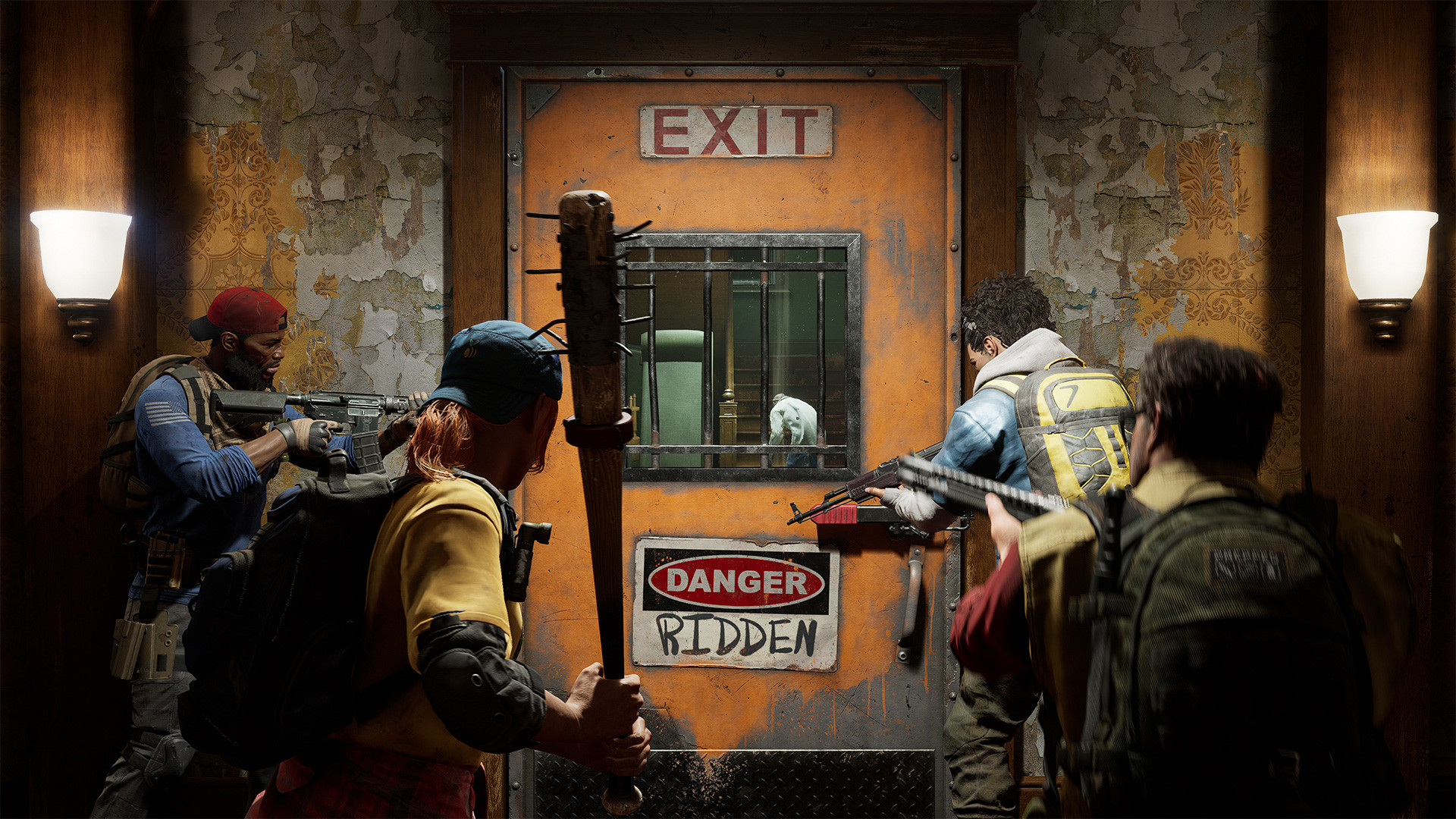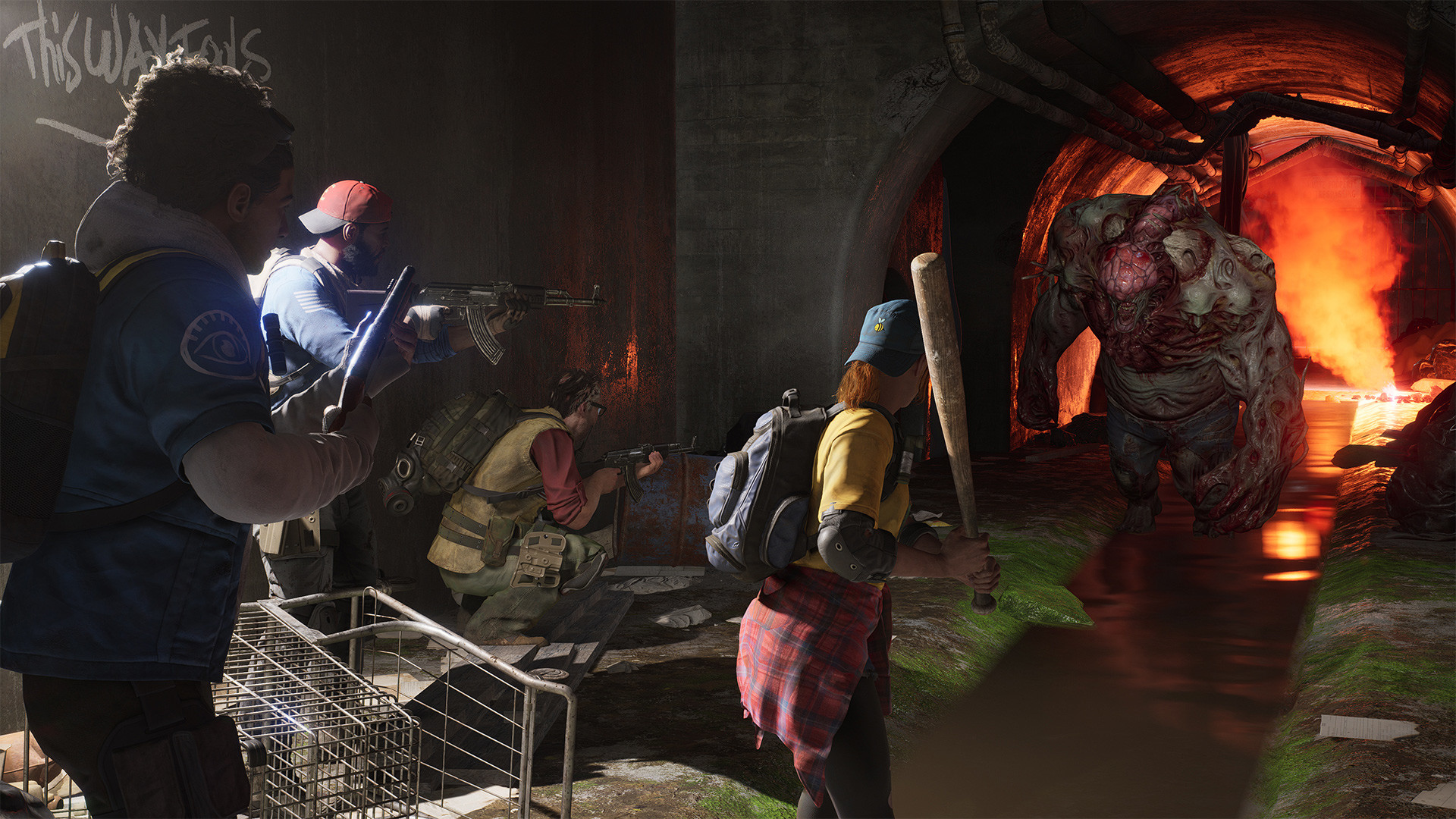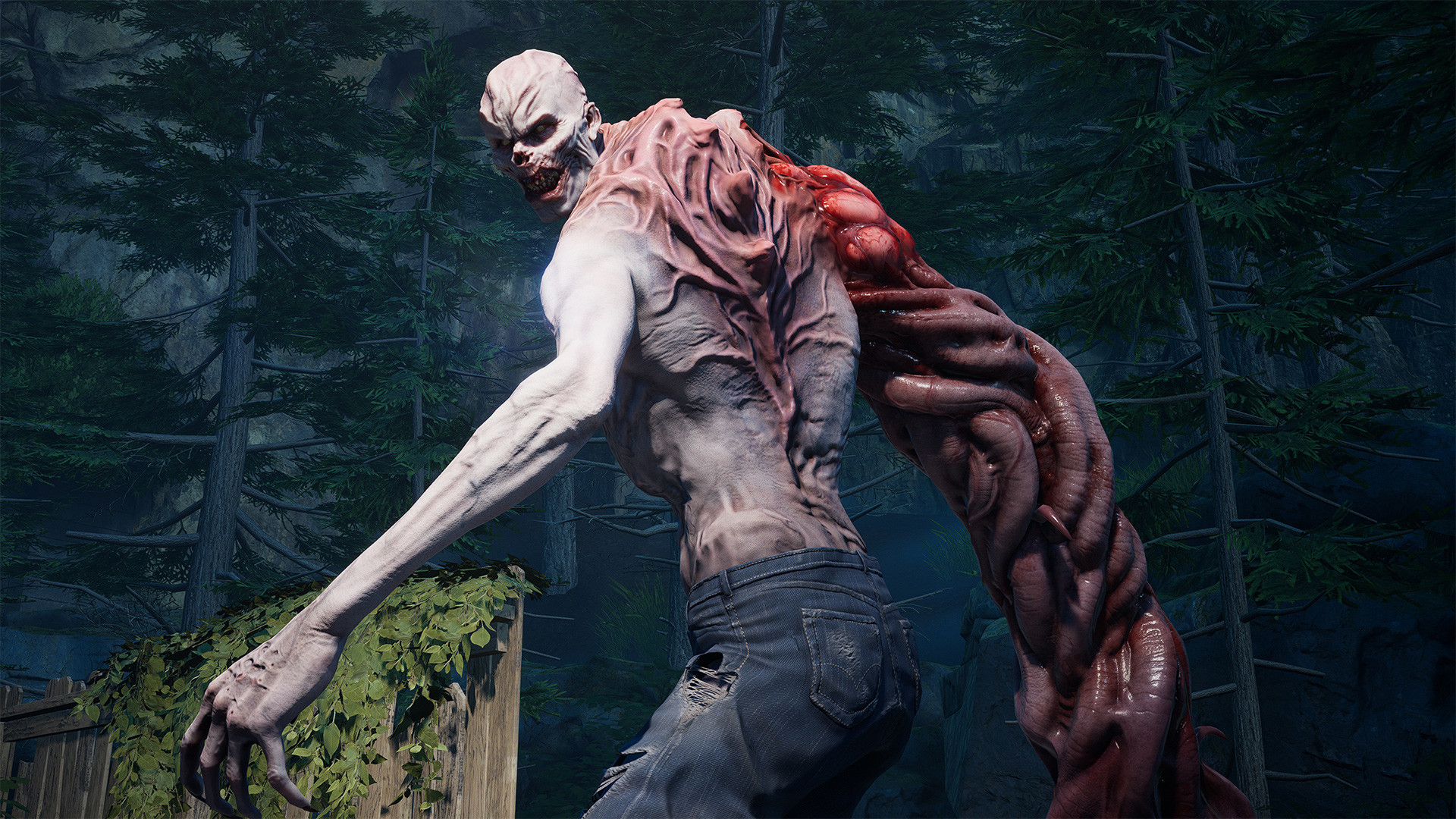Back 4 Blood hands-on: A fun way to cooperatively kill lots of zombies
Back 4 Blood capitalizes on Left 4 Dead’s legacy

Back 4 Blood has been slowly but steadily picking up steam, ever since its announcement at The Game Awards late last year. This spiritual successor to Left 4 Dead has a similar setup to the games that inspired it. You and three friends (or online strangers) take control of four survivors during a zombie apocalypse. From there, you clear out hordes of the undead and make your way to safe rooms, collecting randomized upgrades along the way.
It was an intriguing setup back when Left 4 Dead debuted in 2008, and it plays just as well in Back 4 Blood. It’s still fun to shoot a bunch of zombies; it’s still fun to hunt for weapons and accessories in the hidden nooks and crannies of each level; it’s still fun to reach a saferoom after a hard-fought battle and upgrade your equipment before doing it all over again.
- Play the best PC games
- Also try the best free PC games
- Plus: Ariana Grande Fortnite concert: Start time, skins and how to watch
Tom’s Guide recently went hands-on with Back 4 Blood, just before the game’s open beta launch on August 5. What we found was a straightforward and inviting co-op shooter with the potential for a lot of depth later on down the line.
Back 4 Blood hands-on: Campaign

For those of you who never played Left 4 Dead — like the writer of this piece — the core conceit of Back 4 Blood is still extremely easy to grasp. The world has fallen prey to a zombie apocalypse (doesn’t it always?), and survivors have clustered together in a handful of safe zones. You and three teammates choose from a pool of eight adventurers and set off on a quest to clear these undead, called the Ridden, from a variety of strategically important areas, stopping to rest in a series of saferooms along the way.
The story isn’t really the central focus here, but the setup communicates all of the game’s important ideas. There are four of you; there are a lot of zombies; there are limited opportunities to rest and resupply. In order to survive and conquer each area, you’ll need to coordinate efficiently and scavenge each area for healing items and better weapons. You can carry a long gun, a sidearm, and a handful of consumable items, from bandages to frag grenades. The Ridden comprise a variety of different enemy types, from run-of-the-mill Ridden which go down in just one or two hits, to gigantic Bruisers with area-of-effect attacks, to slow-moving Exploders that can do a lot of damage to either you, or your enemies.
The moment-to-moment gameplay in Back 4 Blood is simple and intuitive. You and your three teammates work your way through the map, mowing down any zombie resistance that you encounter along the way. And you will encounter quite a lot of resistance: huge hordes of Ridden, along with a few Exploders, Bruisers and other, tougher zombies for good measure. Coordinating your strategy is a big part of the experience, as is navigating the environment to find high ground. A group with a solid strategy and a varied mix of weapons is likely to get a lot farther than a group that just plows ahead with handguns and hopes for the best.
You’ll also occasionally encounter set pieces that give you a little advance warning, then pit you against huge Ridden hordes. In one level, we had to extend a bridge; in another, we had to fill a pit with gravel. During all of these events, we had to watch each other’s backs and pick out the most strategically viable positions. For example: While fighting off the horde at the gravel pit, one of my teammates grabbed a stationary mini-gun and started blasting his way through the incoming Ridden. But a smaller contingent of zombies started spawning behind him — which is where I set up shop with an assault rifle, keeping him safe while he protected the rest of the party. Back 4 Blood gives you lots of opportunities to work in concert like this, especially since it helpfully points out any time a player rescues a teammate from an attack.
Get instant access to breaking news, the hottest reviews, great deals and helpful tips.
At the end of each level, you’ll reach a saferoom. Here, you can use whatever currency you’ve picked up in the level to purchase new weapons, modifications, consumable items and even team benefits, such as extra item slots or health. Then the whole cycle starts again, until you reach the end of the act, or until your whole team gets wiped out.
During my hands-on time with the game, I had a pretty good team — we got through the first three levels with minimal communication, and shared all the resources we found pretty equally. Still, we were playing on the game’s lowest difficulty, where friendly fire isn’t a concern. Any group where the players know each other well enough to coordinate strategies and weapon loadouts will have a huge advantage in Back 4 Blood, which is where recruiting your friends will almost certainly come in handy.
Back 4 Blood hands-on: Loadouts and PvP

One twist on the “team up, slay zombies'' formula in Back 4 Blood comes in the form of loadout cards. Before you start your campaign playthrough, you’ll find yourself in a camp of survivors where you can choose cards to take with you on each mission. These cards confer passive gameplay benefits, such as faster reload times, more health or larger inventory spaces. Each time you finish a level, you’ll get to apply a new card to your character, which means that you’ll get more powerful over time. Granted, the enemies will too, giving the game’s difficulty a steady upward curve.
As you explore the world, you can find and purchase more of these cards, which is a good incentive for repeated playthroughs. Furthermore, you can try to synchronize your deck of cards with your preferred playable character, as each one has a slightly different skill set. Evangelo, for example, can break out of enemy grabs by himself, and increases movement speed for the whole team. Holly, on the other hand, recovers stamina each time she kills an enemy, and boosts the team’s stamina in turn. It’s easy to see how a clever player could build an Evangelo deck based on speed, or a Holly deck based on stamina regeneration.
However, there was one part of the beta that didn’t work as well: the PvP gameplay. Rather than advancing through a cooperative campaign, the player-versus-player mode in Back 4 Blood pits two teams of players against each other, as they switch back and forth between playing as human survivors and playing as powerful zombie variants. Playing as the Ridden adds a bit of variety to the proceedings, but doing so is simply not that much fun, as they die easily and have limited skill sets. There’s always the sense that the computer-generated AI Ridden are doing a better job of haranguing the other team than you are.
Either way, Back 4 Blood’s open beta is available to play right now. You can pre-order the game for guaranteed access, or register for a chance at a spot. Check the Back 4 Blood website for more details, and check back at Tom’s Guide closer to the game’s October 12 release date for a full review.

Marshall Honorof was a senior editor for Tom's Guide, overseeing the site's coverage of gaming hardware and software. He comes from a science writing background, having studied paleomammalogy, biological anthropology, and the history of science and technology. After hours, you can find him practicing taekwondo or doing deep dives on classic sci-fi.
